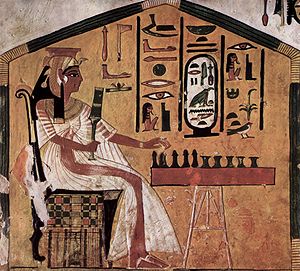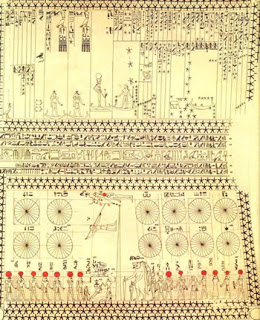Introduction to The last stage

Although it may seem unusual to maintain a blog in English on my site, "The Last Stage," I find it necessary for several reasons. Firstly, it broadens the audience that can access the posts. Additionally, many have discovered the blog since I began writing about Ancient Egypt years ago, and with the growth of social media, new readers may find it now. Moreover, the purpose of this blog has evolved, rendering previous content outdated. To effectively disseminate the history of ancient Egypt and ensure that it is engaging for both beginners and those with prior knowledge, the articles must be meticulously crafted. The bibliography should be comprehensive, utilizing a variety of sources. It is crucial that each article undergoes thorough scrutiny to ensure that the information presented is solid, reflecting our understanding of historical periods that are sometimes theoretical. These posts, which are translations from the original Spanish blog, will feature several sec...




